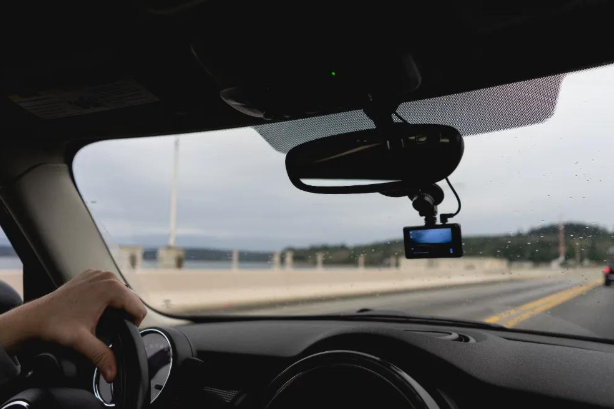
Car accidents can be scary and confusing. In a few seconds, everything changes. If you have a dashcam in your vehicle, it can be very helpful after an accident. A dashcam records what happens on the road, and that video can show what really happened. But it’s important to know how to use that footage the right way.
Table of Contents
Car Accidents in Charleston, West Virginia
Charleston is the capital of West Virginia and a busy city with highways like I-64, I-77, and I-79 passing through. With many cars, trucks, and visitors, crashes can happen anywhere, especially near busy areas like Kanawha Boulevard or around the Capitol Market.
If you’re involved in a crash here, a Charleston, West Virginia, car accident lawyer may be able to use your dashcam video to help figure out who was at fault. In some cases, it can help protect your rights or support your insurance claim.
What Dashcam Footage Can Show
A dashcam is a small camera that records everything in front of your car. Some dashcams also record the inside of the vehicle or what’s behind it. After a crash, your dashcam footage might show:
- Who had the green light or stop sign
- The speed and direction of the cars
- If someone ran a red light or made an unsafe turn
- Any sudden lane changes or road rage
- Weather and road conditions at the time
This video can sometimes be the clearest proof of what really happened during the accident.
How to Save the Video Properly
If you’re in a crash, save your dashcam video as soon as possible. Most dashcams record on a loop, which means they keep recording over old video. If you don’t save the footage quickly, it could get erased.
Here’s what you should do:
- Stop the recording right after the crash
- Back up the video to a computer or cloud storage
- Save the full clip, not just a short part
- Keep a copy safe in case someone needs it later
Make sure the date and time on your dashcam are set correctly. This helps show when the crash happened.
Who Can Use the Dashcam Footage
You may be asked to share the footage with police officers, lawyers, or insurance companies. Sometimes, it can help prove who caused the accident. But other times, it might show mistakes from both sides.
Before giving your footage to anyone, it’s okay to ask how it will be used. Sharing it with legal professionals may help make sure your side of the story is told clearly.
Is Dashcam Video Allowed in Court?
In many places, dashcam video is allowed as evidence. Courts may accept it if it is clear, not changed, and shows important parts of the crash. It can support your statement or challenge what someone else says happened.
However, laws about dashcams can be different in each state. In West Virginia, you are allowed to use dashcams as long as they do not block your view while driving. It’s also a good idea to know the rules about recording people in your car, especially with audio.
Using dashcam footage the right way can make a big difference after a crash. It helps explain what happened and may help with your legal or insurance case. Just remember to save the video, know who to share it with, and follow your state’s rules.